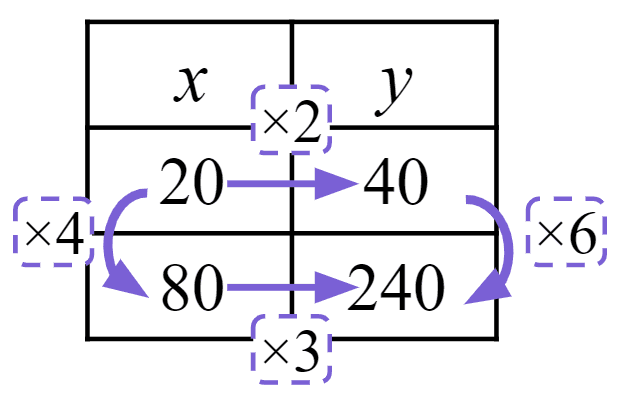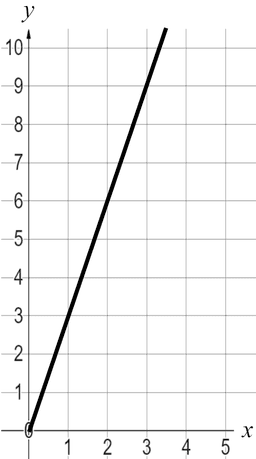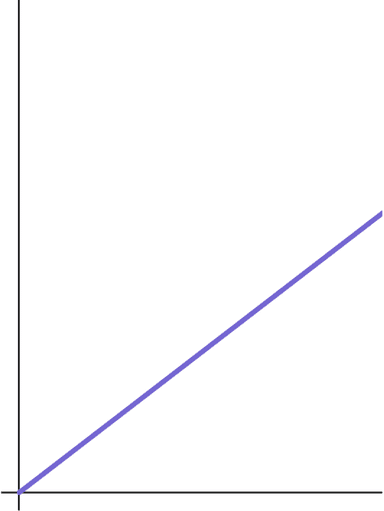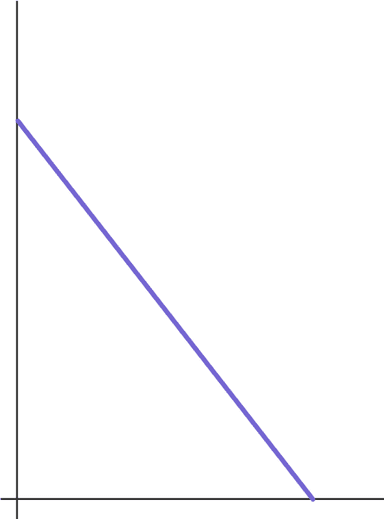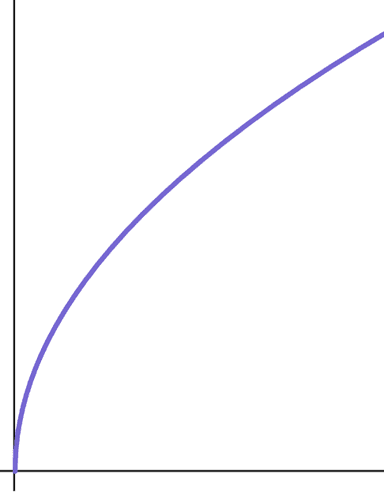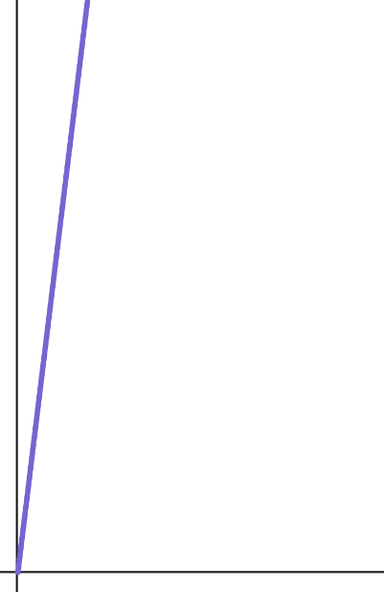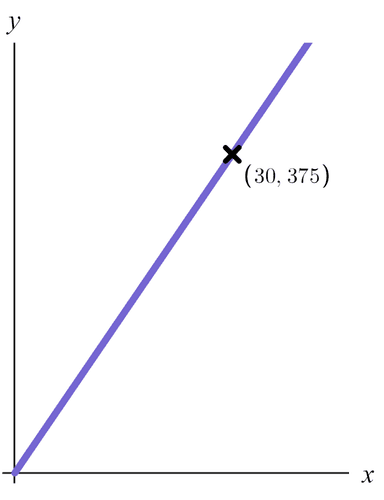New
New
Year 10
Higher
Checking and understanding graphs showing direct proportion
I can recognise direct proportion graphically and can interpret graphs that illustrate direct proportion.
New
New
Year 10
Higher
Checking and understanding graphs showing direct proportion
I can recognise direct proportion graphically and can interpret graphs that illustrate direct proportion.
These resources will be removed by end of Summer Term 2025.
Switch to our new teaching resources now - designed by teachers and leading subject experts, and tested in classrooms.
These resources were created for remote use during the pandemic and are not designed for classroom teaching.
Lesson details
Exit quiz
Download exit quiz




